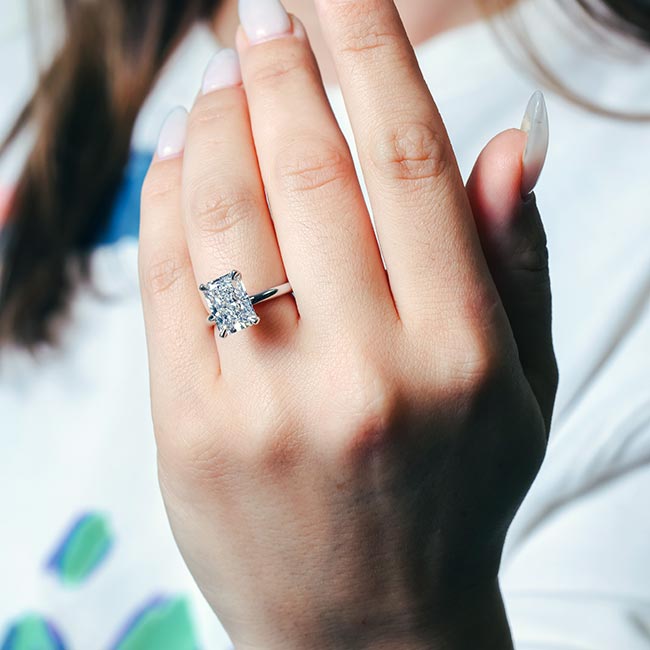The lab-grown diamond market accounts for about 8-10% of diamond jewelry sales globally. As ethical and sustainable choices are increasingly valued, the demand for lab-grown diamonds increases.
If you are looking for the perfect symbol of your love, lab-grown diamond engagement rings are an ideal choice. These diamonds offer the same beauty and durability as mined diamonds but without the environmental and social drawbacks.
When it comes to buying lab-grown diamond engagement rings, there are several things you need to consider. Below is a guide on how to find the best lab-grown diamond engagement rings.
Step 1: Understand Lab-Grown Diamonds
When getting married, consider the best lab-grown diamonds for your engagement ring. To do this, you need to know more about lab-grown diamonds.
Lab-grown diamonds undergo controlled scientific processes mirroring natural diamond formation in the Earth’s mantle. They are an ethically responsible and sustainable alternative to mined diamonds. These diamonds need less energy and resources to produce, reducing negative impacts.
There are two major ways to create lab-grown diamonds: Chemical Vapor Deposition (CVD) and High Pressure High Temperature (HPHT). Both procedures produce diamonds with identical chemical composition and physical properties as natural diamonds.
If you are looking for an engagement ring, CVD diamonds are more suitable. This is because they test positive with conventional diamond testers. Additionally, they have a higher value, unlike HPHT diamonds.
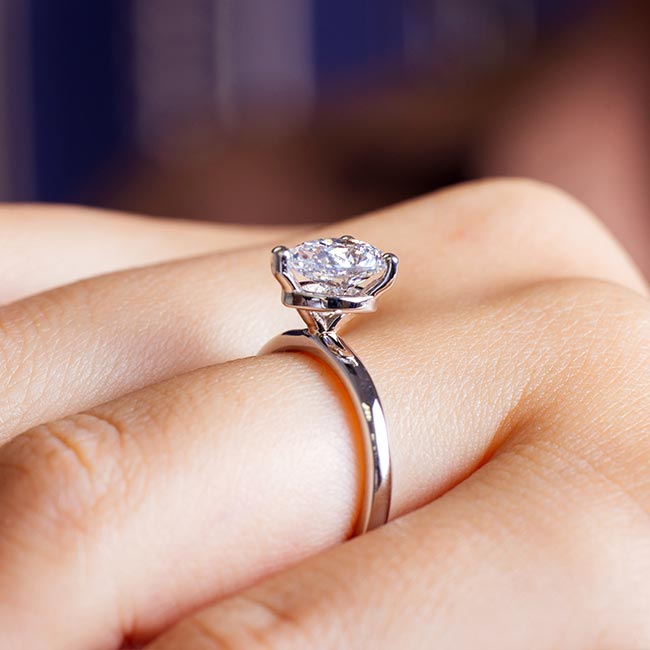
Step 2: Budget for the Lab Grown Diamond Engagement Rings
Lab-grown diamonds are often more cost-effective than natural diamonds. While they are budget-friendly, buying a lab diamond engagement ring is a significant lifetime purchase. This is why you need to set a budget.
Before browsing lab-grown diamond rings, organize your finances to establish a clear budget. Consider engagement ring styles and cut options while staying within your financial limits. When creating a budget, assess your income against your regular expenditures.
Don’t forget to factor in any other financial goals you may have. Once you’re done, outline how much you can set aside to buy the engagement ring. Budgeting will help streamline your engagement ring shopping experience.
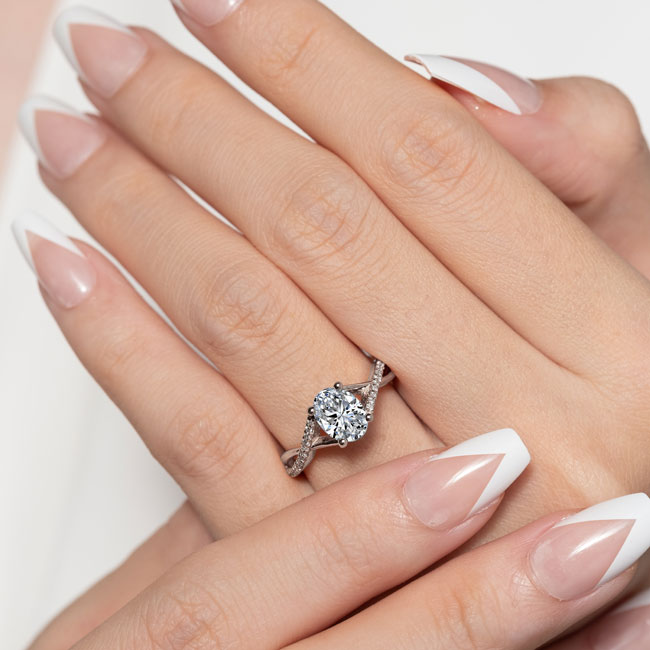
Step 3: Evaluate the Quality of the Ring
When assessing the quality of lab-grown diamond engagement rings, focus on the 4Cs. Learn more below.
Carat
Carat measures the weight of a diamond with 1.00 grams equal to 5.00 carats. As weight increases, the price also rises. Larger diamonds often enhance the appearance of your engagement ring design.
Understanding carat weight will help you optimize size within your budget. Lab-grown diamonds cost around a third of natural diamonds. This makes larger options more accessible.
Color
Diamond color ranges from D (colorless) to Z (yellow or brown). Laboratories focus on creating high-end, striking white diamonds in the D – E – F – G – H color range. You can get whiter options of lab-made diamonds readily available compared to natural ones.
While D – E – F colors are more common, labs also provide options for warmer color diamonds in the J-K-L range. Color considerations will depend on your preferences. Luckily, controlling color in lab-grown diamonds offers a range of desirable options.
Cut
Cut grade determines how well a diamond was cut and polished for maximum sparkle. It influences light reflection and refraction. The GIA and IGI provide cut grades.
The GIA uses a 5-tier scale: excellent, very good, good, fair, and poor. For the IGI, it adds an “ideal” tier above excellent.
An excellent or ideal engagement ring cut ensures the best light reflection and refraction. Ensure you choose a cut that enhances your diamond’s visual appeal.
Clarity
Clarity assesses the purity of a diamond, evaluating inclusions visible under 10X magnification. Grades range from Internally Flawless to I (visible inclusions). Labs tend to produce diamonds with higher clarity than many natural diamonds.
Ensure you focus on eye-clean diamonds, especially if you pick sizes that are under 2.00 carats. Choosing clarity based on eye-clean preferences allows for a flawless appearance.
Step 4: Assess Finish Fluorescence and Proportions
For maximum brilliance in your lab-grown diamond engagement ring, consider finish, fluorescence, and proportions. Learn more about each below.
Finish
It deals with symmetry and polish. Uniform facet sizes and shapes enhance light performance, sparkling more brilliantly. Uneven facets result in lower cut grade and reduced light refraction.
Smooth facet surfaces offer optimal light performance. Avoid lab-grown diamonds with striated polish lines or grooved facet surfaces. They can compromise light reflection.
Fluorescence
The fluorescence scale ranges from “None” to “Strong.” It produces a soft hue under ultraviolet light. While it doesn’t affect authenticity or sparkle, fluorescence adds a unique characteristic.
Proportions
Proportions are often classified as table and depth. A diamond’s table size affects the visual perception of the diamond’s size. A larger table allows more light to enter, reflect, and escape, making your diamond appear larger.
Measured from the table to the culet, depth is vital for visual performance. Ideal depth is often determined by the diamond engagement ring cut.
Step 5: Decide On the Diamond Shape for the Engagement Ring
Lab-made diamond rings offer a variety of diamond shapes to suit individual preferences. When buying an engagement ring, consider the best lab-grown diamonds with the ideal shape for your style. Here are some popular lab-grown diamond shapes:
Round Shaped Diamond
Round diamonds are timeless and elegant, with 58 facets for exceptional sparkle. If you prefer a classic and sparkling look, this modern and contemporary design may be ideal.
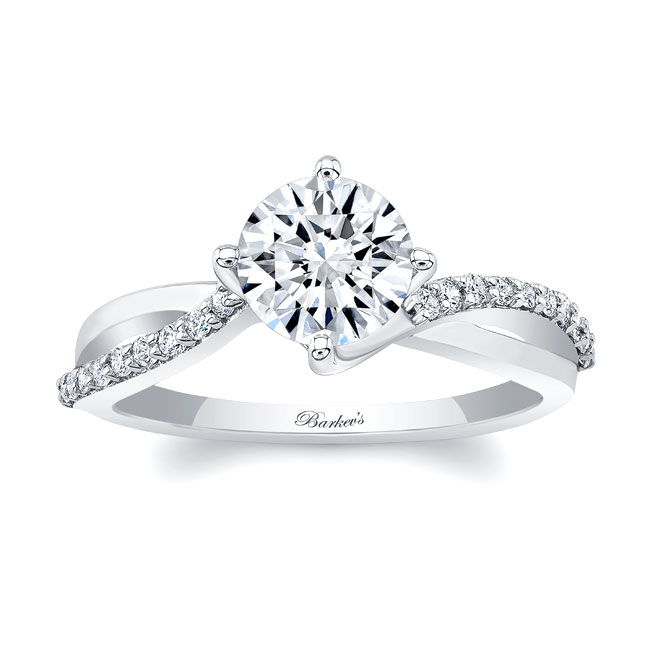
Princess Shaped Diamond
The princess diamond ring is square with intricate facets – 49 to 144. Its pointed corners enhance brilliance. This shape is perfect for people who like a modern and affordable yet dazzling option.
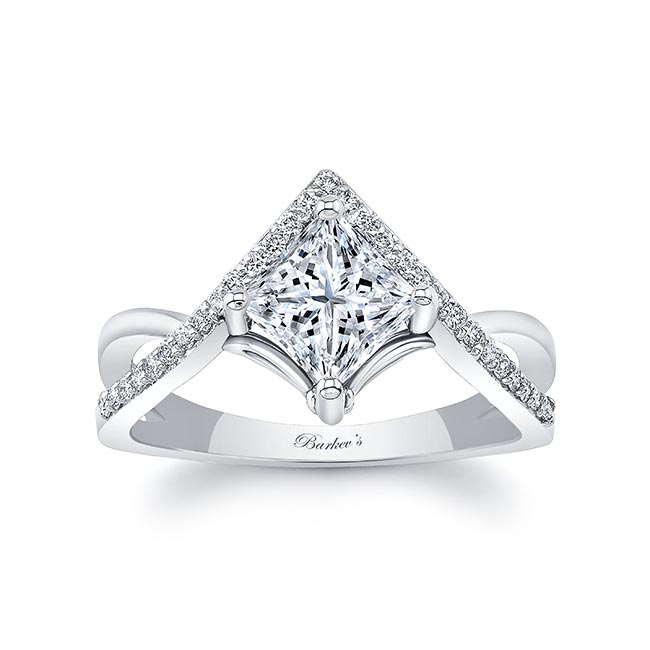
Emerald Shaped Diamond
Emerald diamonds have a rectangular shape with long, lean facets. This creates a glamorous appearance. It is ideal for lovers looking for an elegant and sophisticated look.
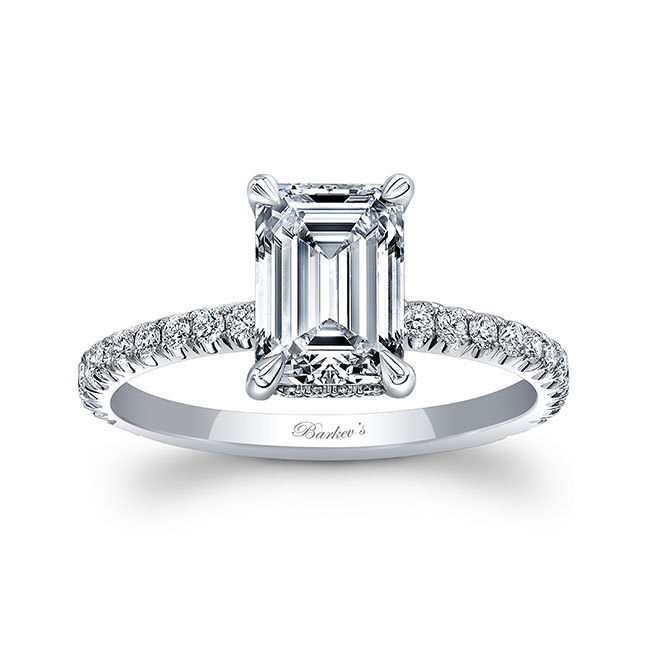
Asscher Shaped Diamond
Asscher diamonds are square with clipped corners, a chunky profile, and stepped sides. They offer antique and vintage vibes, perfect if you love classic styles.
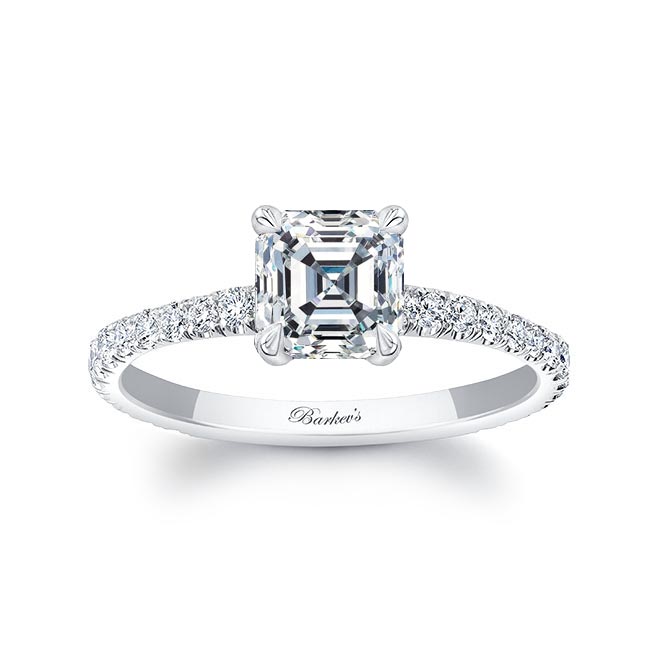
Marquise-Shaped Diamond
Marquise diamonds are oval with rounded sides and points at the ends. For those looking to maximize carat weight and enjoy a unique, elongated shape, these diamonds are the right fit.
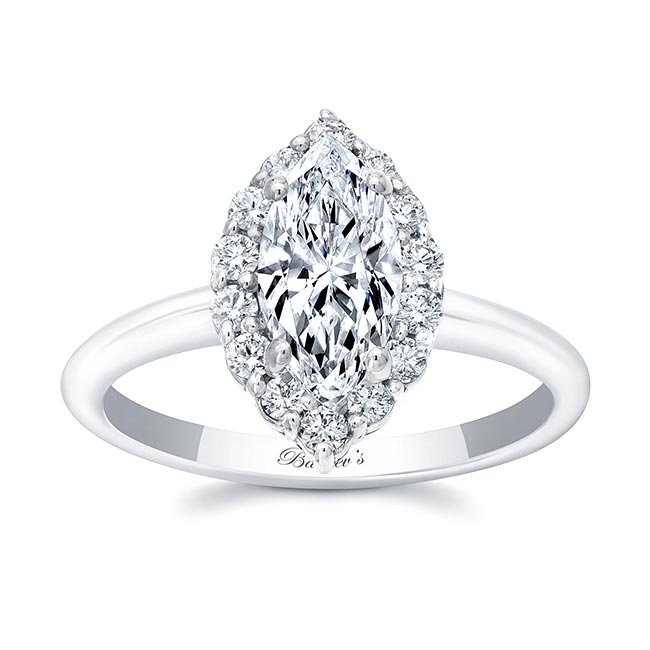
Oval Shaped Diamond
Oval diamonds are even, symmetrical, and elegant. They also feature an elongated shape that flatters the fingers. If you want brilliance with a unique, slender appearance, try out this diamond shape.
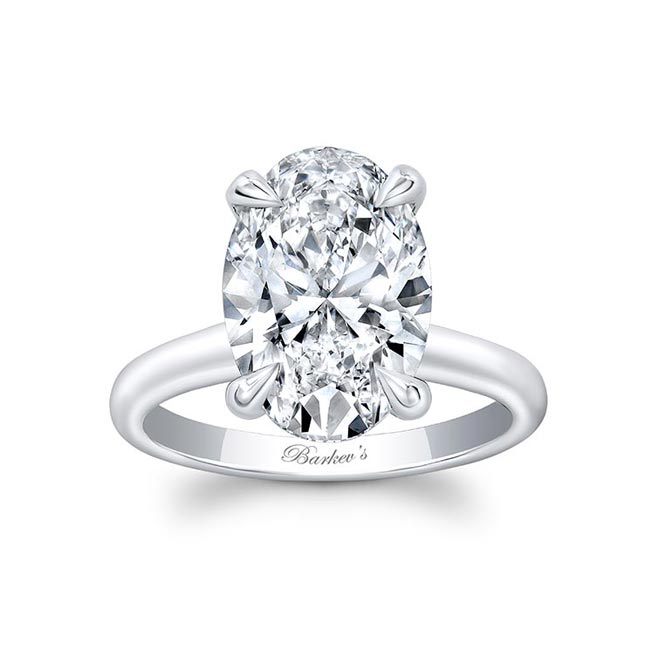
Pear Shaped Diamond
Pear diamonds resemble a teardrop, combining features of marquise and oval shapes. They offer a balanced and elegant look.
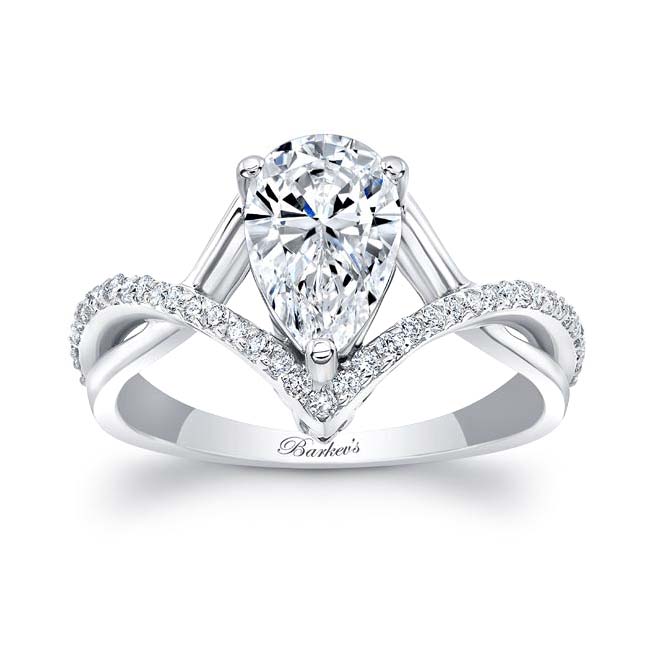
Cushion Shaped Diamond
Also known as pillow-cuts, the cushion diamond features rounded corners and larger facets. If you want flawless brilliance and clarity, get this lab-grown diamond.
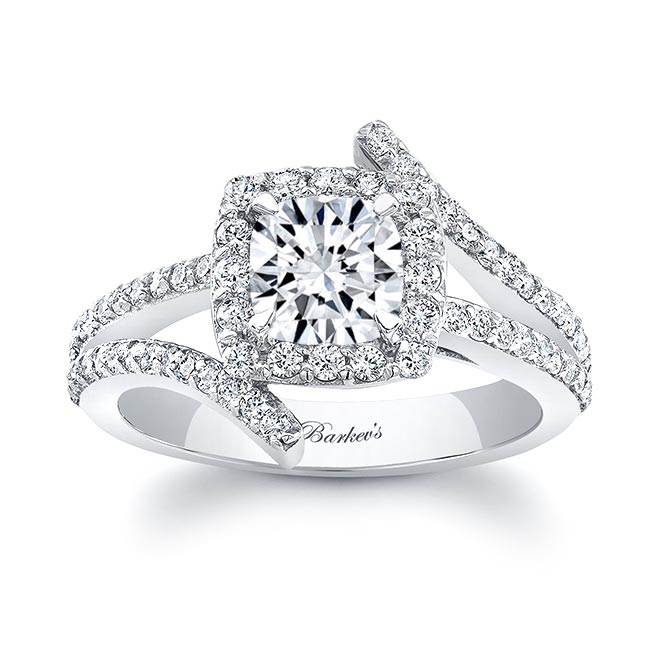
Radiant Shaped Diamond
Radiant diamonds feature over 70 facets for extra sparkle. Not as common as other shapes, this diamond is ideal for lovers looking for a unique and radiant appearance.
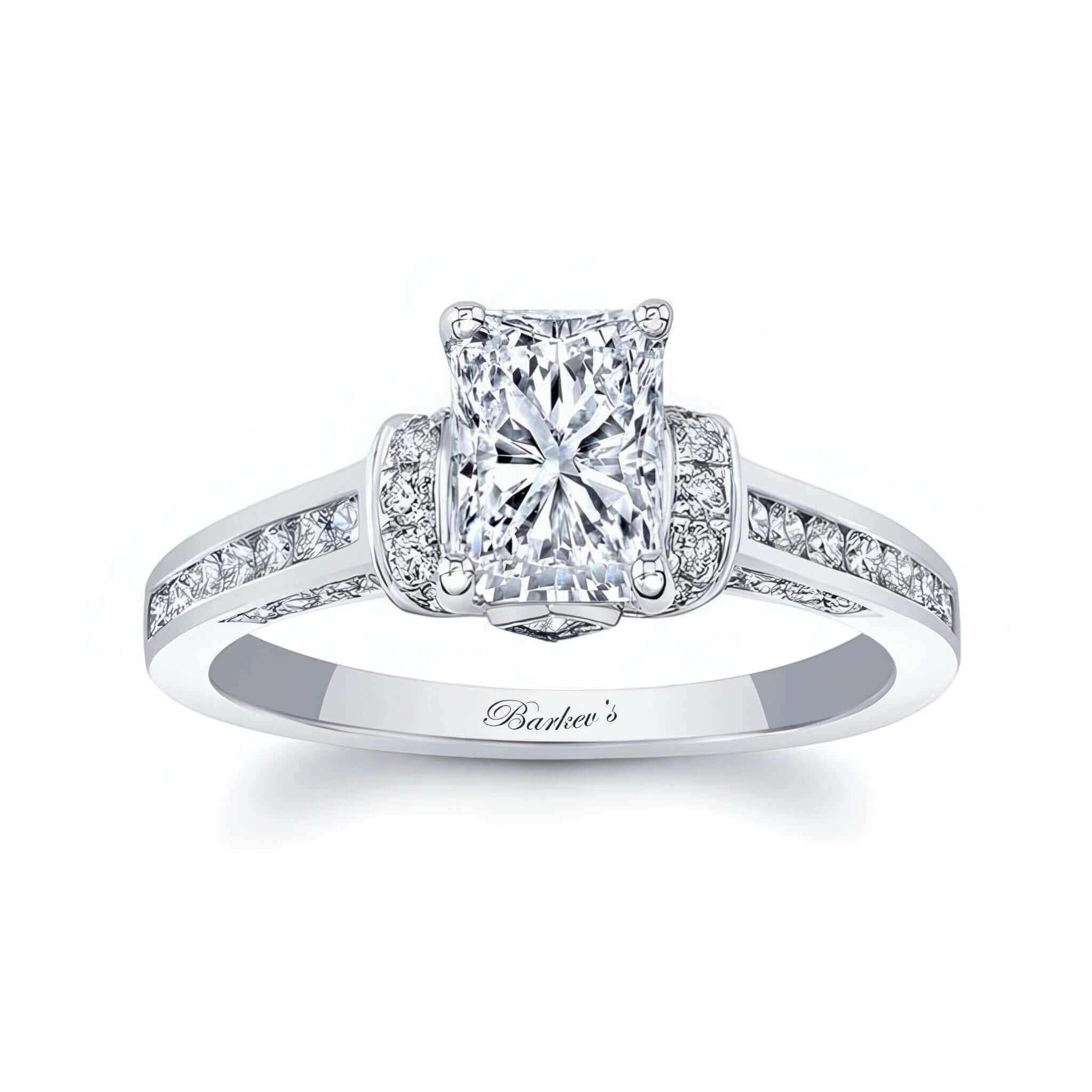
Step 6: Explore the Engagement Ring Styles and Settings
The best lab-grown diamond engagement ring is not just about the shape of the stone. It is also about the setting that enhances its beauty. Here are some settings you should consider when going ring shopping:
Classic Solitaire
The classic solitaire engagement ring puts the spotlight squarely on the lab-grown diamond. This style is perfect if you appreciate simplicity and tradition.
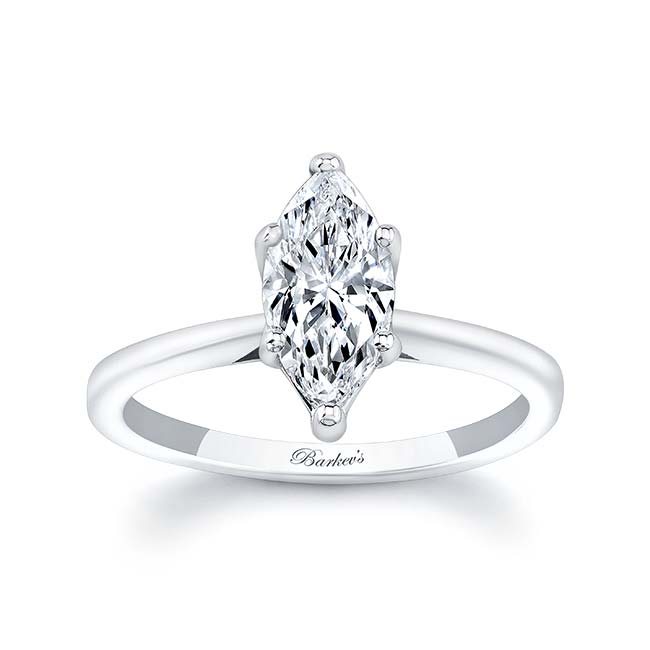
Halo Setting
For a touch of glamour, consider a halo setting. This setting features a circle of smaller diamonds surrounding the center stone. As a result, it creates a dazzling effect that adds sparkle.
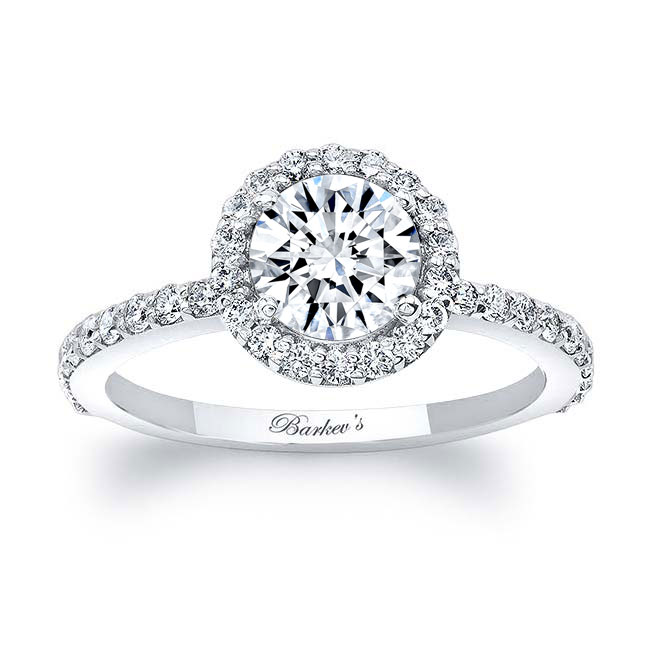
Side-Stone Setting
If you want additional sparkle and detail, opt for the side-stone setting. It features additional smaller diamonds placed on the sides of the main stone. They offer extra sparkle that complements the center lab-grown diamond.
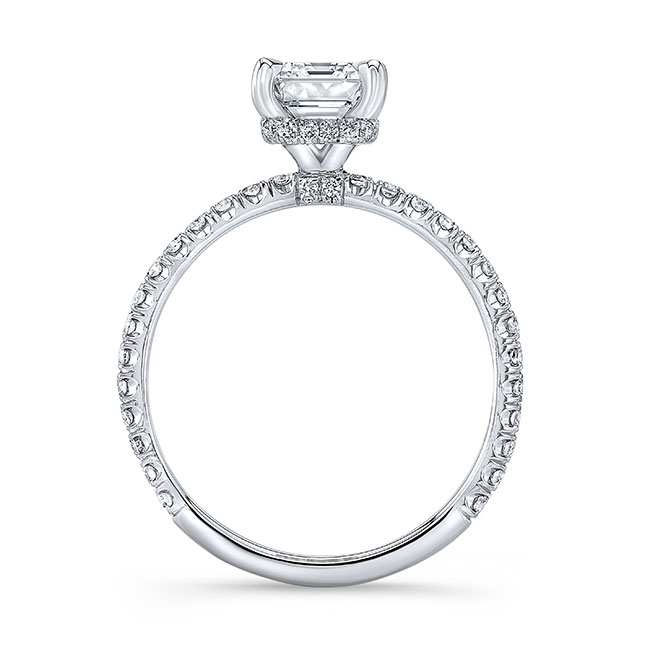
Three-Stone Setting
The three-stone setting features three diamonds of equal or varying sizes. They can often symbolize the past, present, and future of a relationship. If you are looking for a sentimental and symbolic design, try this ring style.
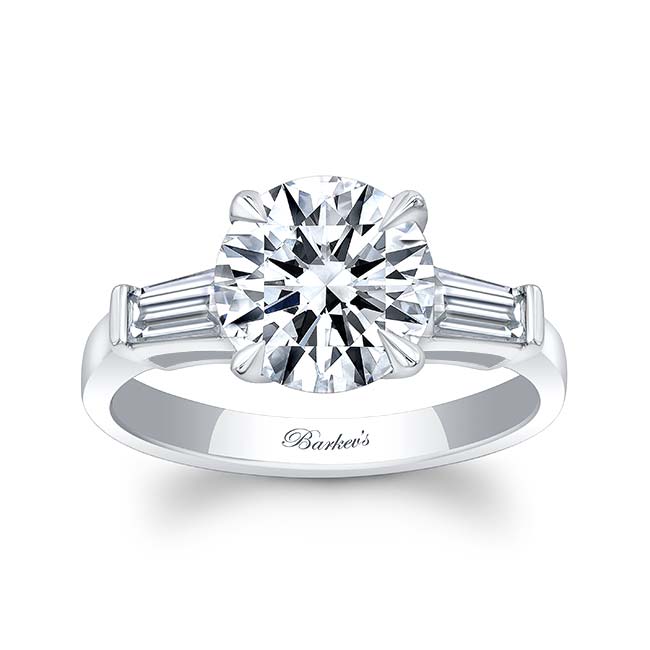
Step 7: Determine the Metal Choice
A lab-grown diamond is just one part of your engagement ring. To enhance the beauty of your engagement ring, find the perfect combination of lab-grown diamonds and the ideal metal. Some of the metal options you can consider:
- White Gold: Provides a bright, clean backdrop for lab-grown diamonds
- Yellow Gold: Offers warmth and a traditional feel
- Rose Gold: Features a blush-toned appearance for a romantic and vintage feel
- Platinum: Provides durability and a modern and sleek look
Different metals provide varied appearances, changing your ring’s overall aesthetic. Ensure you choose a metal that is durable and practical. For long-term wear, consider the ability to resize the metal.
If you prefer a sustainable engagement ring, consider using recycled gold or platinum. This is a more eco-conscious choice.
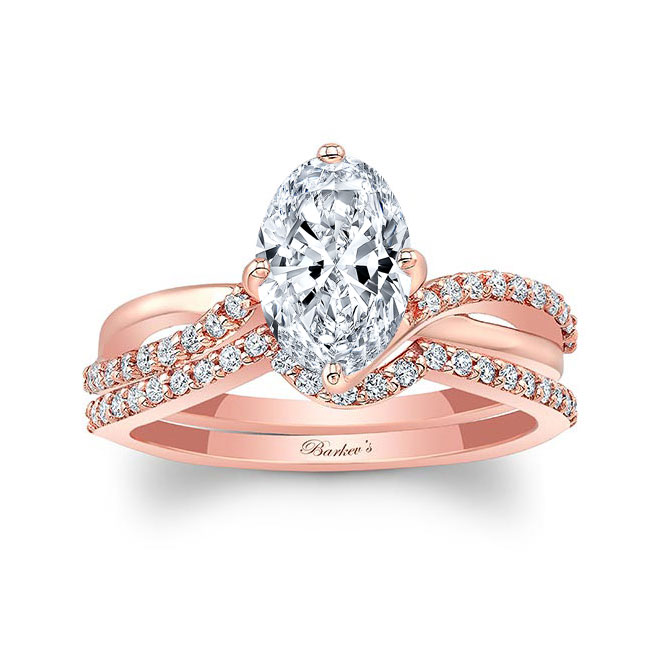
Find the Best Lab-Grown Diamond Engagement Rings
When looking for the best lab-grown diamonds for your engagement, knowledge is a valuable asset. The aforementioned tips can help you choose a ring that captures the essence of your relationship.
Looking for the perfect lab-grown diamond engagement rings? Look no further than Barkev’s. We offer quality lab-grown diamonds that sparkle brilliantly and align with your values. Shop our beautiful lab diamond collection to find something that your partner will love.


